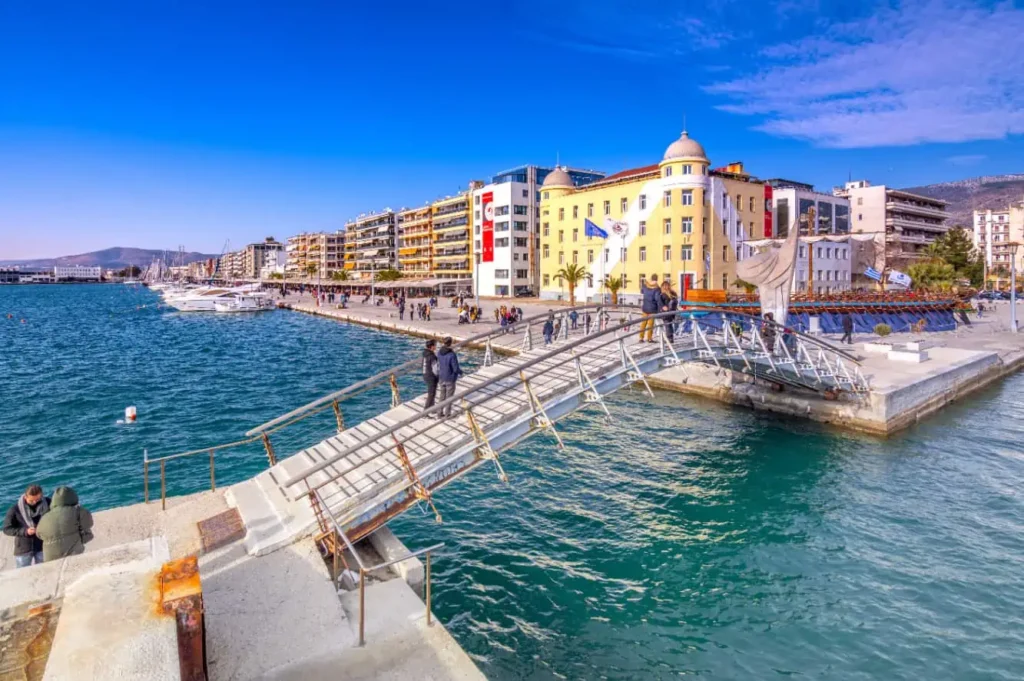
Volos delights with its unique combination of history, culture and natural beauty. It is located at the foot of Mount Pelion, overlooking the Pagasetic Gulf, and as a port city it attracts many tourists. One of the main destinations for visitors is Nea Ionia beach, stretching on a long stretch of golden sand surrounded by crystal clear waters and picturesque mountain views. It is an ideal place to relax, swim in the sea and practice water sports such as kayaking, windsurfing or other water sports.

Port Volos
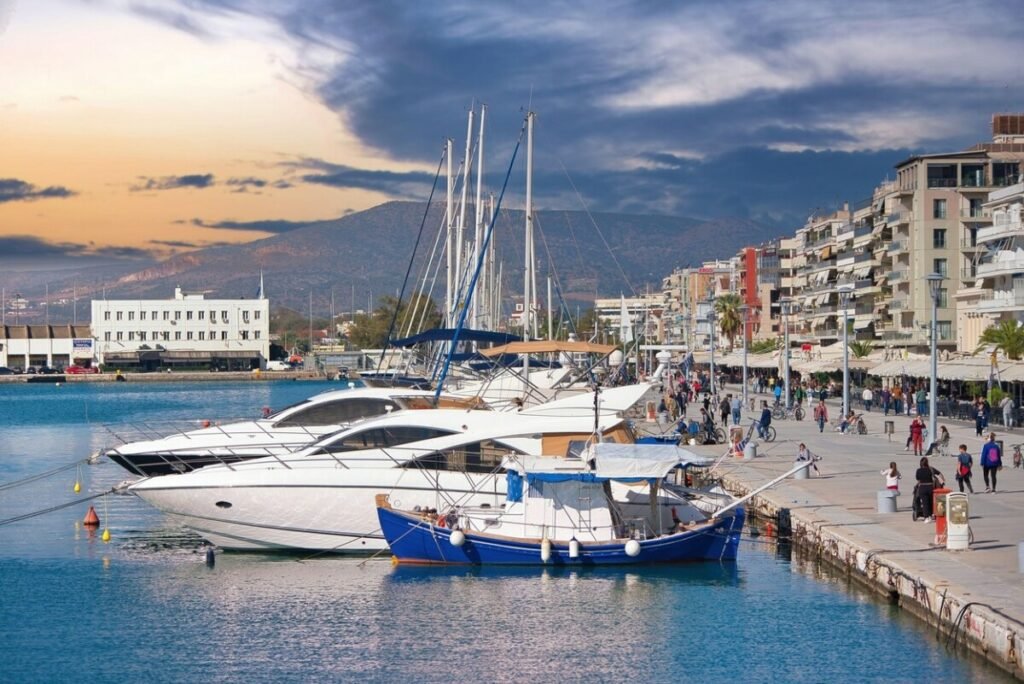
The Port it enjoys excellent infrastructure, and is the European’s Union closest gateway to Turkey as well as to the countries in the Black Sea region. Additionally, Volos is the main point of departure linking mainland Greece with the North Sporades Islands, Evoia, Mytilene, the eastern Aegean and the Cyclades Islands.
The port and the city of Volos lie close to the oldest, most important and fully excavated settlements from the Neolithic era in Europe: Dimini and Sesclo, also lie over the traces of the three important ancient cities: Iolkos, Pagases and Dimitriada. A short distance from the centre of Volos lies the ancient city of Feres.
Goritsa
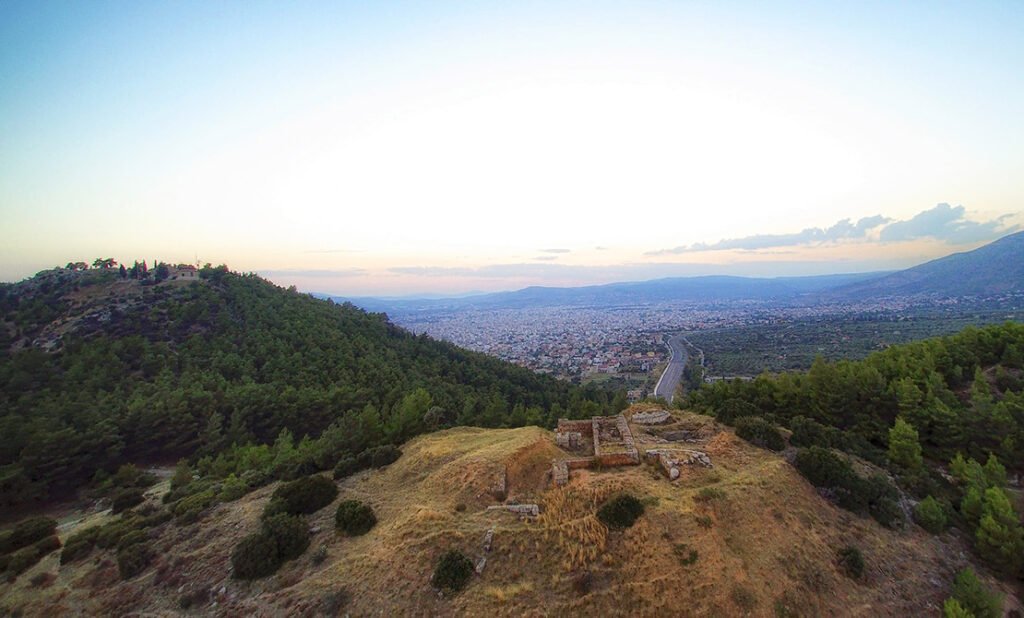
Goritsa is a hill and an archaeological site in Volos, Greece, immediately east of the city centre. It was examined in the early 1970s by a Dutch team of archaeologists, revealing a planned ancient city with a regular street grid covering most of the hill.
Thessaly Railway Museum
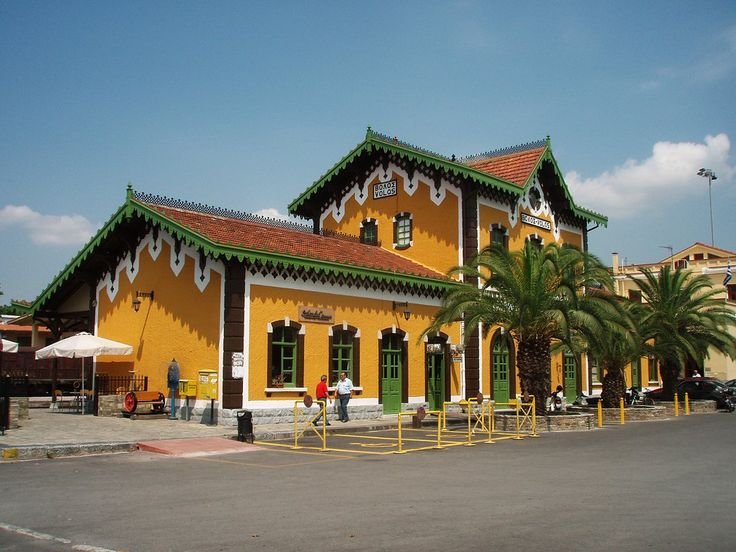

The Volos Railway Museum or the Thessaly Railway Museum (as it is more commonly known) is housed on the first floor of the Volos Railway Station building.
The museum exhibits a unique for Greece; a wealth of small items such as rare old photographs, uniforms, telegraphs, 19th century machinery made of wood for issuing tickets, tools, train station clocks, timetables and old measurement instruments.
Archaeological site of Ancient Dimini
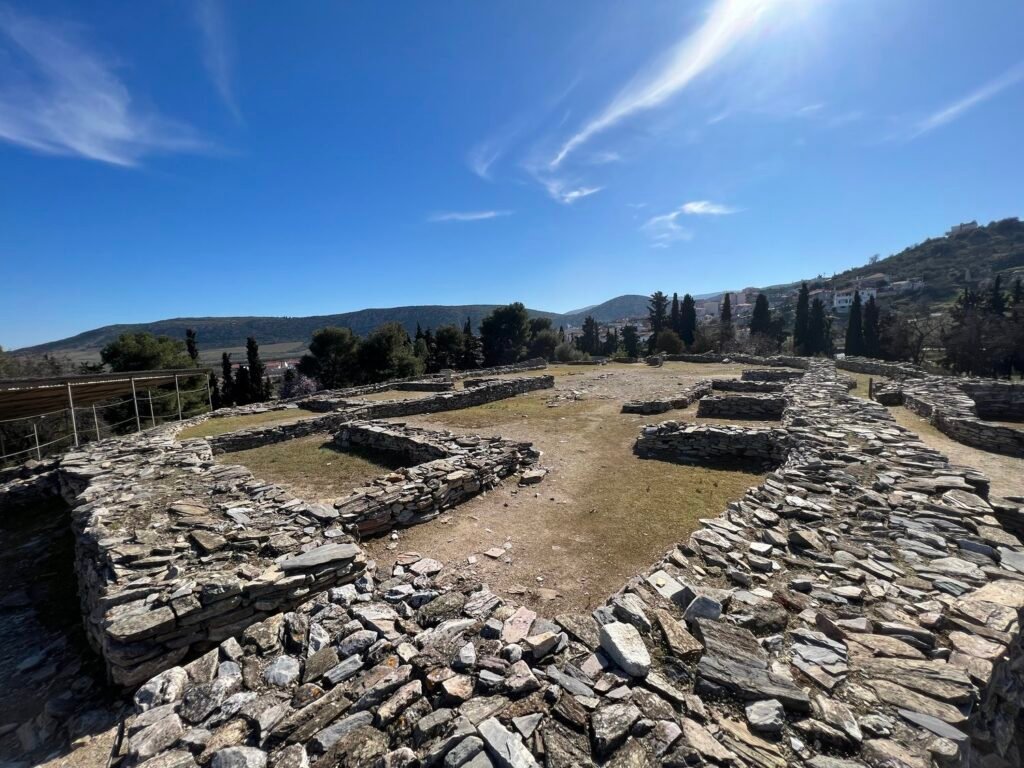
Archaeological site of Dimini: Just 5 km west of Volos and close to the village of Dimini lies a grand Neolithic settlement dating from the 5th century BC.The remains attest to the highly organized society that once lived there, including a very particular architectural feature: the houses were built in six concentric circles. Numerous decorated vessels were unearthed at this site, including tools made from clay, bone and stone, as well as clay idols and jewellery.
Centaurs’ path
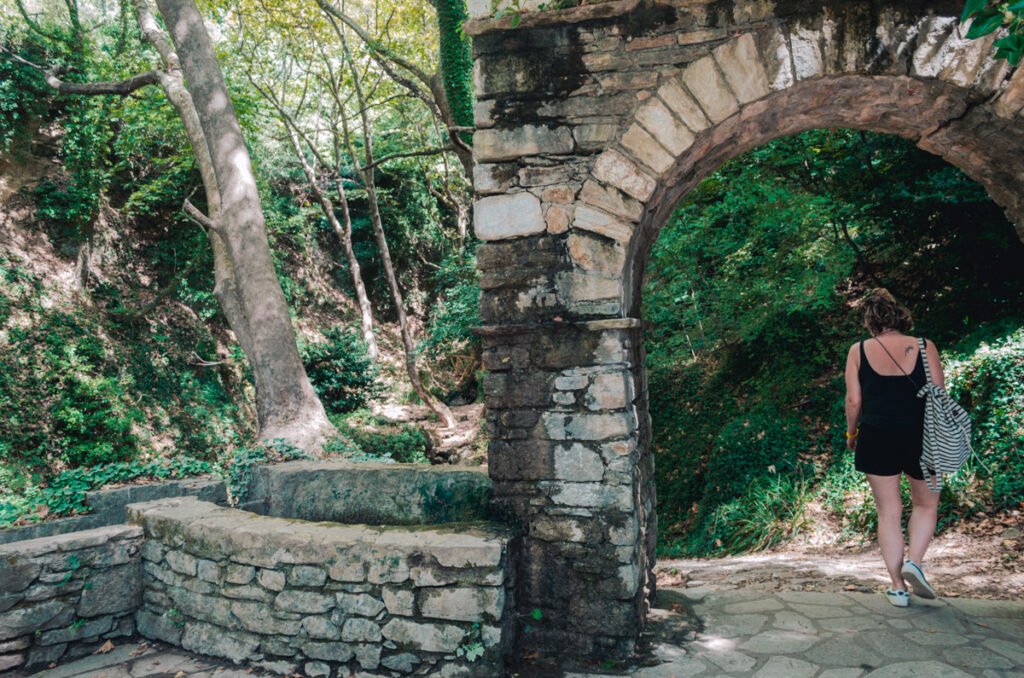
Centaur’s Path in Portaria village is a hidden gem in Pelion, you must worth visiting. According to Greek Mythology, Centaurs were hybrid beasts (half humans and half horses) that used to live on Mount Pelion. In Ancient Greek Literature they are related to all the negative natural phenomena, such as sudden climate changes or any unexpected weather conditions. They are depicted as lunatic, impulsive creatures and they are usually accused of causing many destructions to humans.
Archaeological Museum of Volos

The Archaeological Museum it is right next to the Achillopouleion Hospital of Volos, tures and houses an impressive collection of artifacts from the Neolithic era, with some of them dating back to 6500 B.C.! Naturally, there are also exhibits from the Mycenaean and Roman Era.
